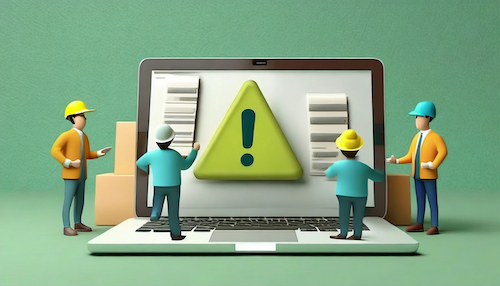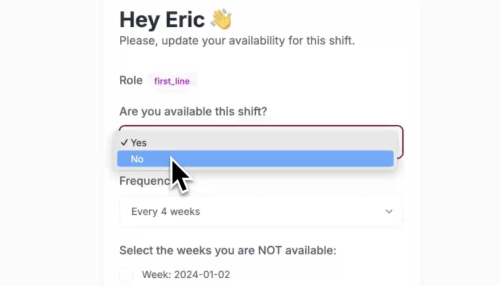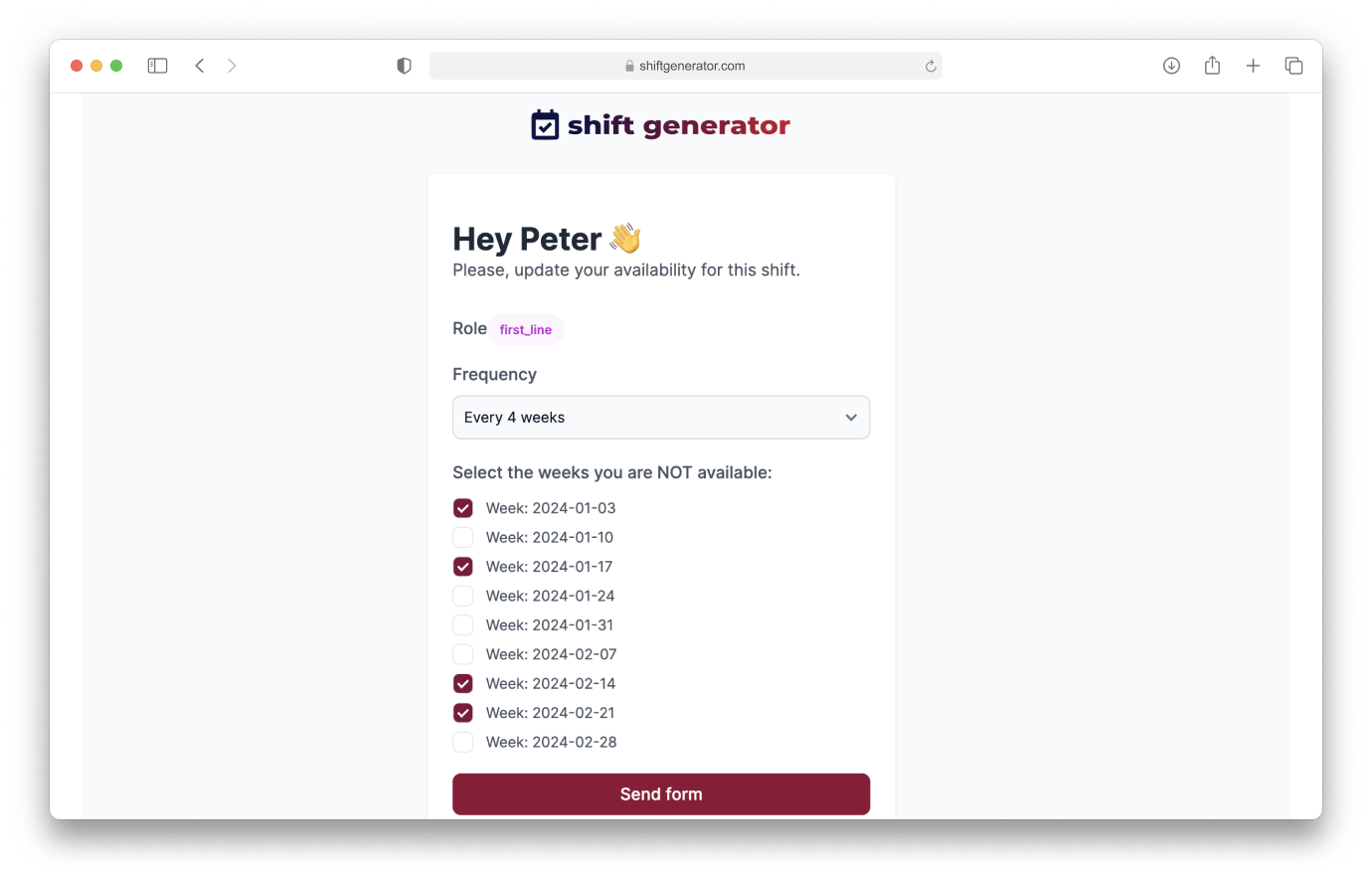How to manage Engineering Incidents

In today's digital landscape, where technology is the backbone of operations, encountering technical incidents is not a matter of 'if,' but 'when.' As a CTO or engineer, mastering the art of incident management is pivotal to ensure seamless operations, maintain customer trust, and safeguard your company's reputation.
Understanding Technical Incidents
Before delving into strategies for managing technical incidents, it's crucial to comprehend what constitutes an incident. These can range from server crashes and software bugs to network failures and security breaches, impacting the normal functioning of your systems.
The Incident Response Plan: Preparation is Key
Preparation is the cornerstone of effective incident management. Establishing a robust incident response plan (IRP) is vital. Define roles and responsibilities, establish communication channels, and conduct regular drills to ensure everyone understands their roles during an incident.
Swift Detection and Classification
Early detection and proper classification of incidents are crucial. Implement monitoring tools that can swiftly detect anomalies and categorize incidents based on severity levels. Utilize techniques like anomaly detection, threshold monitoring, and AI-driven analytics to proactively identify potential issues.
Real-Time Communication and Collaboration
During an incident, streamlined communication is paramount. Establish a central communication platform to keep all stakeholders informed in real-time. Collaborative tools like Slack, Microsoft Teams, or incident management platforms such as PagerDuty and Opsgenie facilitate prompt communication and coordination among teams.
Incident Escalation and Response
Clearly defined escalation paths ensure that incidents are addressed promptly. Implement a tiered approach for escalating issues based on severity. Have predefined playbooks and runbooks outlining step-by-step procedures for various incident scenarios. This ensures a structured response, reducing the time to resolution.
Post-Incident Analysis and Continuous Improvement
Once the incident is resolved, conduct a thorough post-mortem analysis. Identify the root cause, evaluate the effectiveness of the response, and document key learnings. Implement necessary improvements to prevent similar incidents in the future.
Implementing Automation and AI
Leverage automation and AI-driven solutions to enhance incident management. Implement automated remediation for known issues, utilize machine learning algorithms to predict potential incidents, and deploy chatbots for initial incident triage, freeing up human resources for more complex tasks.
Conclusion
In the realm of technology, the ability to manage technical incidents efficiently is a critical skill. By adopting a proactive approach, preparing a comprehensive incident response plan, ensuring swift detection and response, fostering effective communication, and continuously learning and improving, CTOs and engineers can steer their organizations through turbulent times, minimizing disruptions and maximizing system reliability. With these strategies in place, technical incidents need not be daunting; they can be managed effectively, ensuring the resilience and stability of your systems. Embrace these best practices and tools to fortify your organization's readiness in the face of unforeseen challenges.



